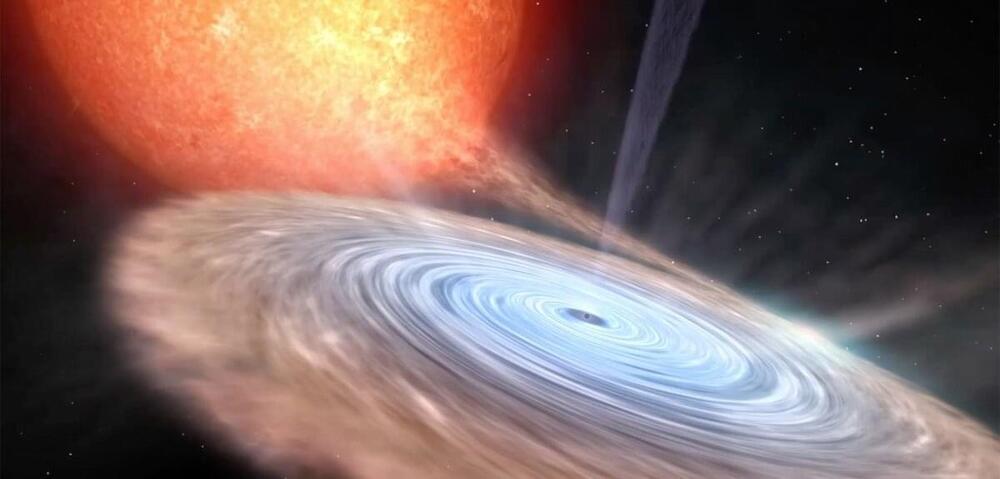Researchers from the University of Oxford have contributed to a major international study which has captured a rare and fascinating space phenomenon: binary star systems. The study, “A shared accretion instability for black holes and neutron stars,” has been published in Nature.
Scientists have long been intrigued by X-ray binary star systems, where two stars orbit around each other with one of the two stars being either a black hole or a neutron star. Both black holes and neutron stars are created in supernova explosions and are very dense—giving them a massive gravitational pull. This makes them capable of capturing the outer layers of the normal star that orbits around it in the binary system, seen as a rotating disk of matter (mimicking a whirlpool) around the black hole/neutron star.
According to theoretical calculations, these rotating disks should show a dynamic instability: about once an hour, the inner parts of the disk rapidly fall onto the black hole/neutron star, after which these inner regions re-fill and the process repeats. Up to now, this violent and extreme process had only been directly observed once, in a black hole binary system. For the first time, it has now been seen in a neutron star binary system, called Swift J1858.6–0814. This discovery demonstrates that this instability is a general property of these disks (and not caused by the presence of a black hole).
